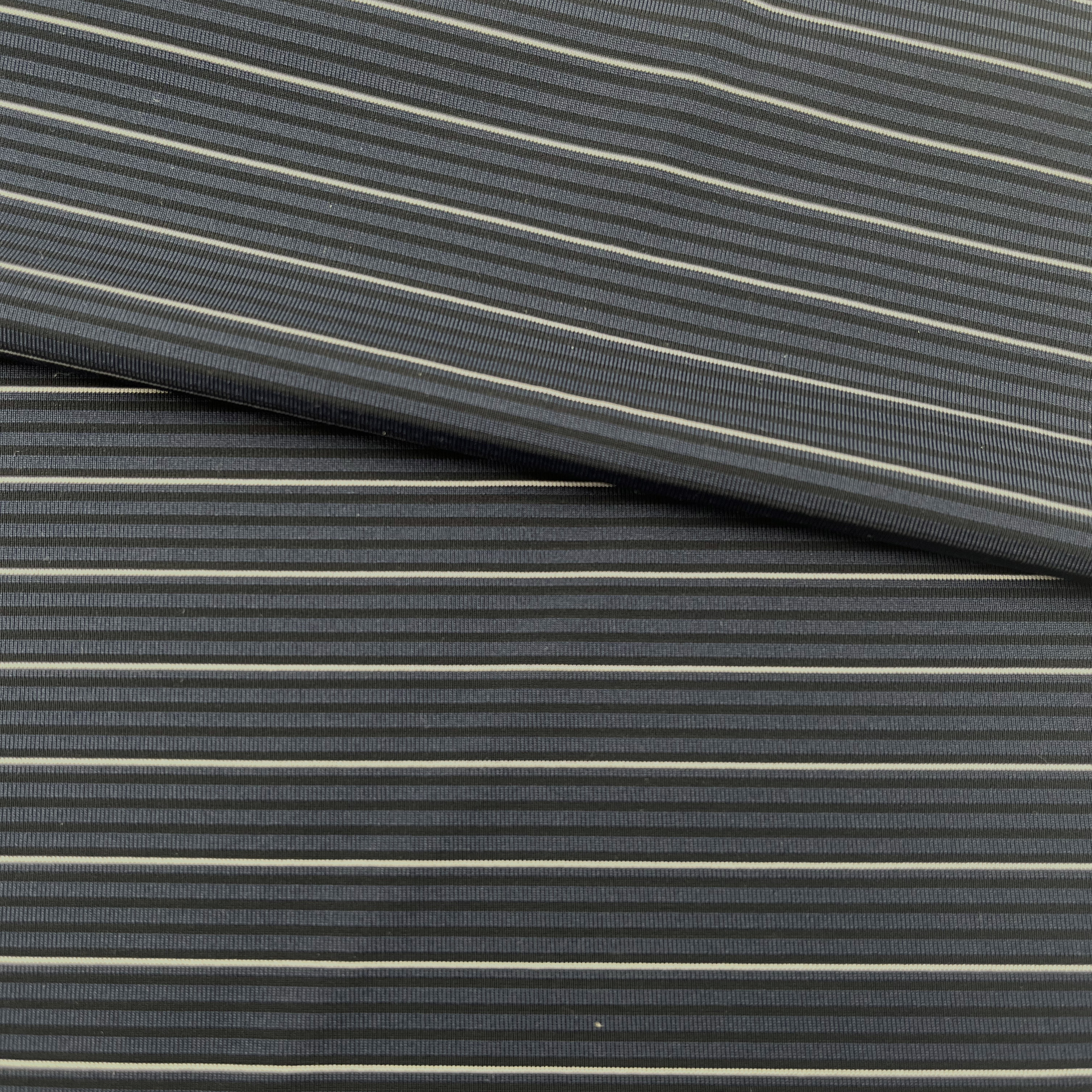Knitted fabric has long been recognized as a versatile textile that has revolutionized the fashion, apparel, and textile industries. With its unique construction and exceptional properties,
knitted fabric offers a wide range of benefits, including flexibility, stretchability, breathability, and endless creative possibilities. From cozy sweaters and athletic wear to high-performance technical textiles, knitted fabric has become an indispensable material that shapes our daily lives.
The manufacturing process of knitted fabric involves interlocking loops of yarn, creating a fabric structure that exhibits remarkable flexibility and stretchability. This inherent elasticity allows the fabric to conform to the body's contours, providing a comfortable and flattering fit. Whether it's a form-fitting dress or a stretchy activewear garment, knitted fabric adapts to the wearer's movements, offering freedom of motion and enhancing overall comfort.
Another key advantage of knitted fabric is its breathability. The open structure of knitted loops creates small air pockets within the fabric, promoting air circulation and moisture-wicking properties. This breathability helps regulate body temperature, keeping the wearer cool and comfortable even during physical activities. It also contributes to the fabric's quick-drying properties, making it an excellent choice for sportswear and outdoor apparel.
Versatility is a hallmark of knitted fabric. It can be produced from a wide range of fibers, including natural fibers like cotton and wool, as well as synthetic fibers like polyester and nylon. The choice of fiber composition allows for customization of the fabric's properties, such as softness, strength, and colorfastness. Additionally, knitted fabric can be produced in various weights and textures, ranging from lightweight and sheer to thick and bulky, making it suitable for a myriad of applications.
Knitted fabric's versatility extends beyond its physical properties. It offers endless creative possibilities in terms of design and aesthetics. The knitting process allows for intricate patterns, textures, and color combinations, enabling designers to unleash their creativity and bring unique visions to life. From delicate lace patterns to bold geometric designs, knitted fabric offers a platform for artistic expression and individuality.
knitted fabric is renowned for its durability and longevity. The interlocking loops create a fabric structure that is inherently resistant to tearing and fraying. This durability ensures that knitted garments and textiles can withstand regular wear and frequent laundering without losing their shape or integrity. As a result, knitted fabric products are often prized for their longevity, sustainability, and reduced environmental impact.
there has been a growing interest in sustainable and eco-friendly textiles. Knitted fabric aligns well with this trend as it can be produced using organic, recycled, and eco-friendly fibers. Furthermore, the minimal waste generated during the knitting process contributes to its sustainable nature. Knitted fabric's longevity and versatility also play a role in reducing textile waste, as durable garments have a longer lifespan and can be repurposed or upcycled.

